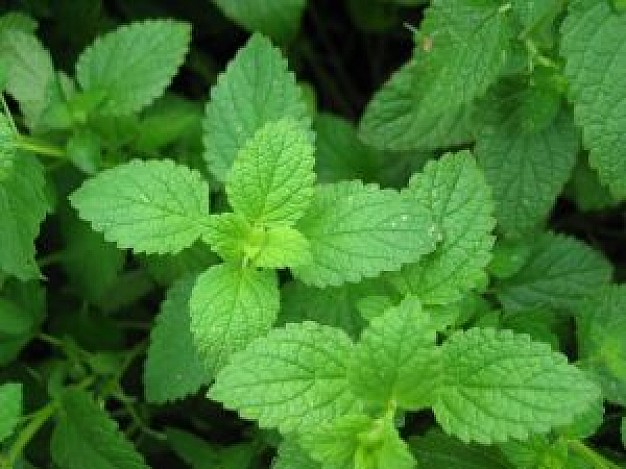As a representative member of the aromatic plants, mint herb (Bo He) comes with more than 500 species, almost all with a cool and refreshing scent. Among them the best known ones are black peppermint (English peppermint or mitcham mint) and spearmint (Mentha spicata L.). Other species include apple mint (Mentha suaveolens), lemon mint (Melissa officinalis), and chocolate mint (Mentha piperita cv.), and so on. Most of them are named after their unique aroma. Likewise, there are total 12 wild mint herbs growing in China. Their flowers can be white, pink, or light purple, clustering into a special understated elegance of labiate.
It's worth mentioning that this is one of medicinal and culinary herbs. The edible parts are stems and leaves, which are often used in many juicing and cooking recipes. What's more, it also serves as flavoring agents, spice, material for wine, essential oil, and tea, etc. But obviously it is not our focus here. Instead we are going to talk about more on its health benefits as one of common traditional Chinese herbs.

Mint herb
WHAT'S IT USED FOR?
Also known as mentha, mint herb is believed by TCM as acrid, cool, and aromatic in nature and covers meridians of lung and liver. Main functions are to diffuse wind-heat, refresh mind and improve eyesight, promote eruption, soothe a sore throat, and regulate qi flowing. Main uses and indications are colds and flu caused by wind-heat, early wind-warm syndrome, Headache, red eyes, Chronic Pharyngitis, canker, nettle rash, measles, and fullness and discomfort in chest and hypochondrium. Usual dosage is 3 to 6 grams. And please note that they should put in 5 minutes before the decoction is ready as its volatile property.
RELATED HERBAL FORMULAS
(1). Wo Xue Tang, from Yi Fang Lei Ju (Categorization and Gathering of Medical Formulas), is mainly used for cures of dizziness, low spirits, dry throat, and stuffy nose. Other herbal ingredients are Gan Cao (Licorice Root), Tian Hua Fen (Trichosanthes Root), Jing Jie Sui (Schizonepeta), Bai Yan (White Salt), and Sha Ren (Cardamon);
(2). Chuan Xiong Cha Tiao San, from Shi Yi De Xiao Fang (Effective Formulas Tested by Physicians for Generations), is for treatments of Migraine and aching all over the head, intermittent headache, stuffy nose, and low voice speaking. Other herbs include Chuan Xiong (Szechuan Lovage Root), Jing Jie (Schizonepeta Stem), Qiang Huo (Notopterygium Root), Bai Zhi (Angelica Root), and Gan Cao;
(3). Liang Jie Tang, from Yi Xue Zhong Zhong Can Xi Lu (Records of Heart-felt Experiences in Medicine with Reference to the West), is formulated mainly for remedies of warm disease, both exterior and interior fever, and floating full pulse. Other herbs are Chan Tui (Cicada Moulting), Shi Gao (Gypsum), and licorice.

![Diseases, Symptoms, tcm, [tcmwindow.com]](/uploadFile/adImg/2015/11/11/f5cbfcc0-4df5-4646-9b9a-f316651a0199.jpg)





